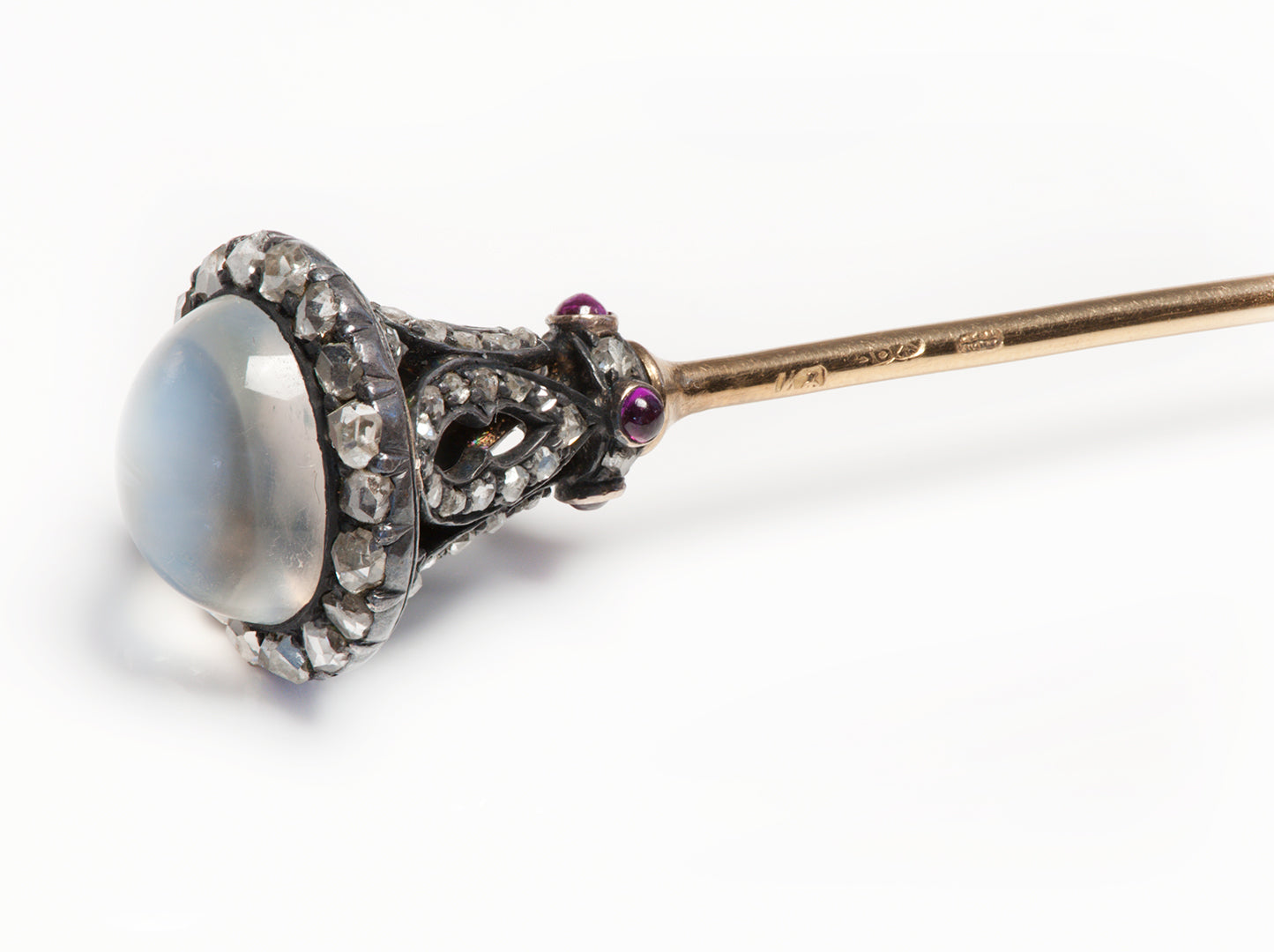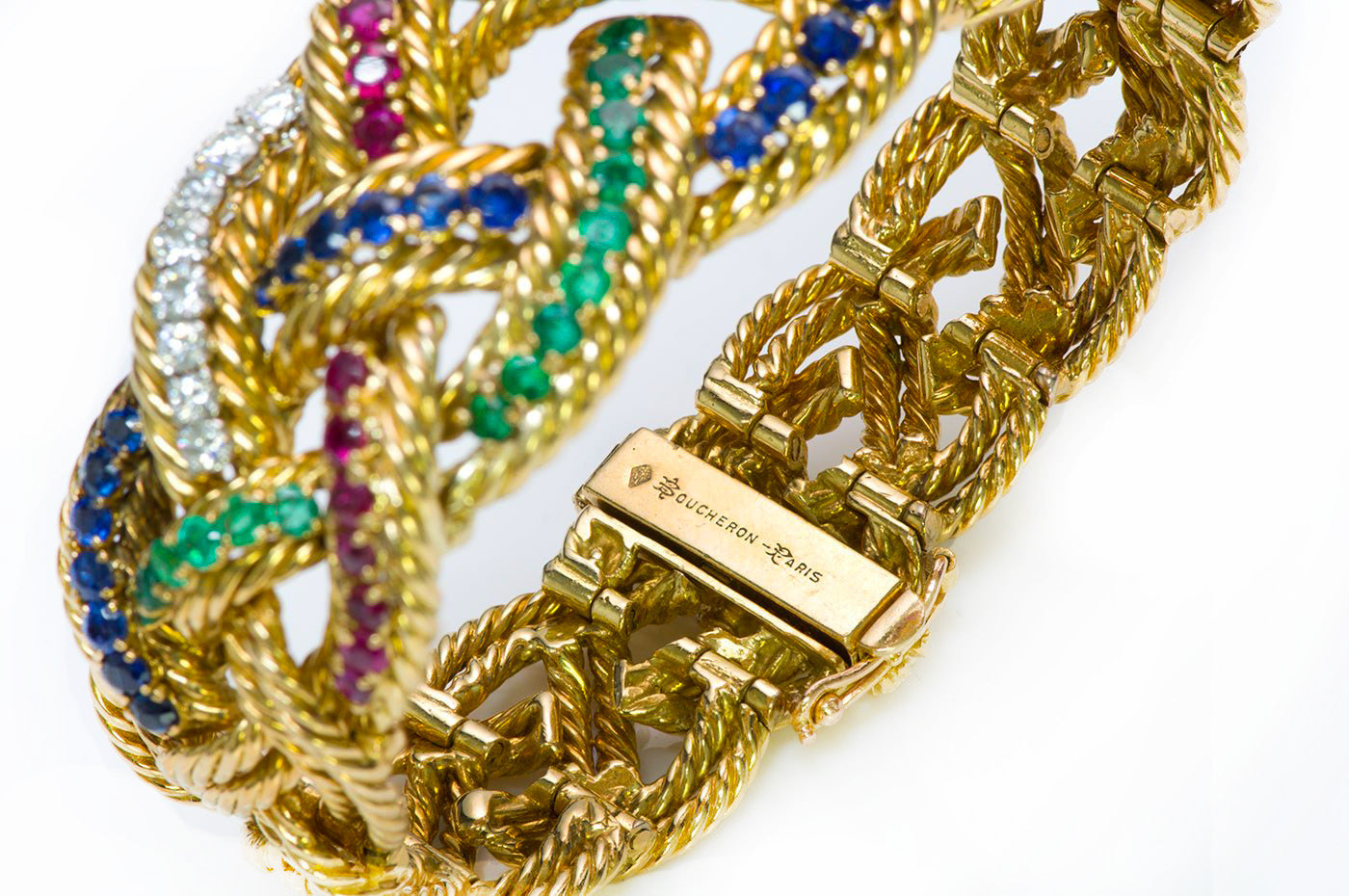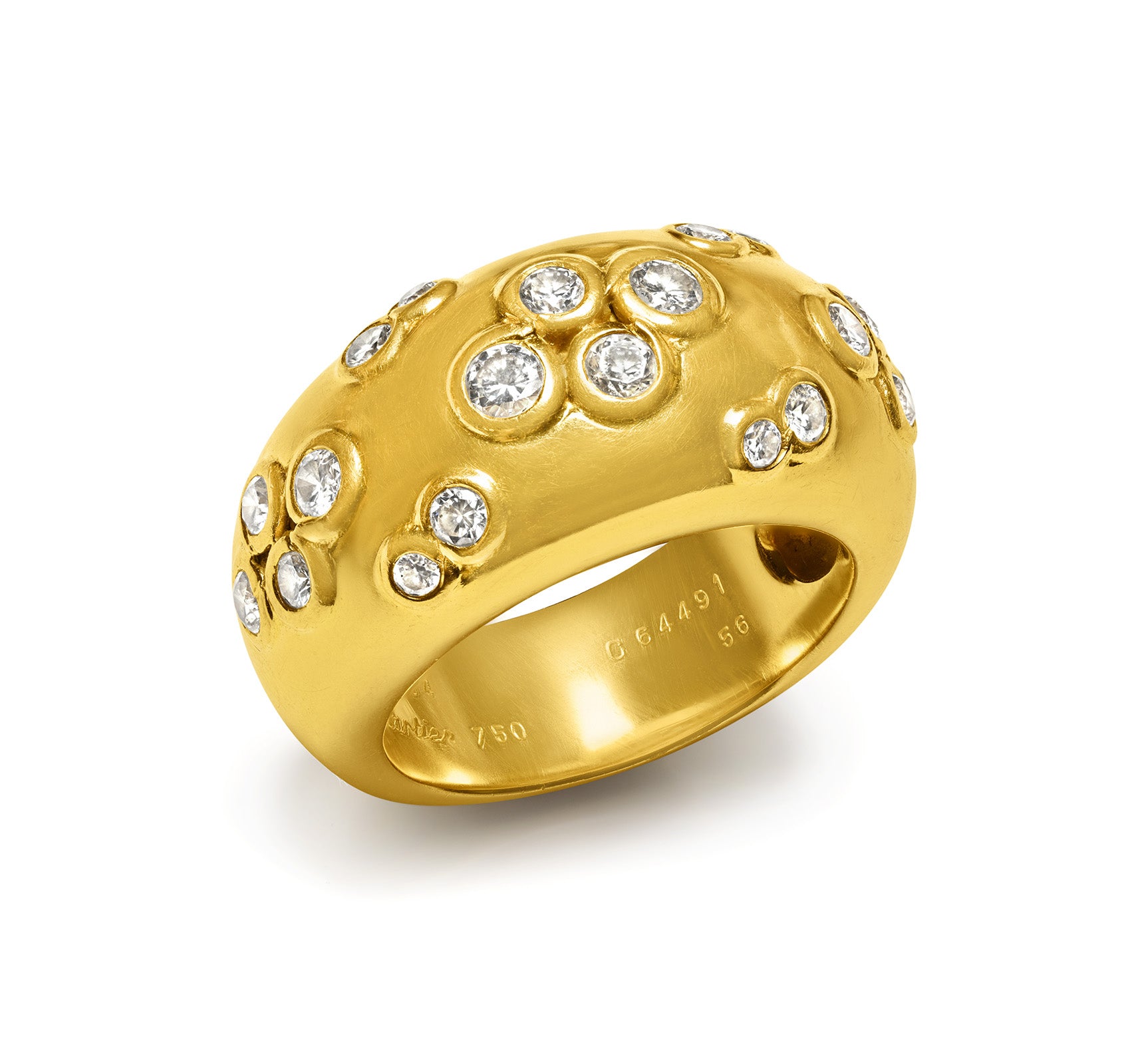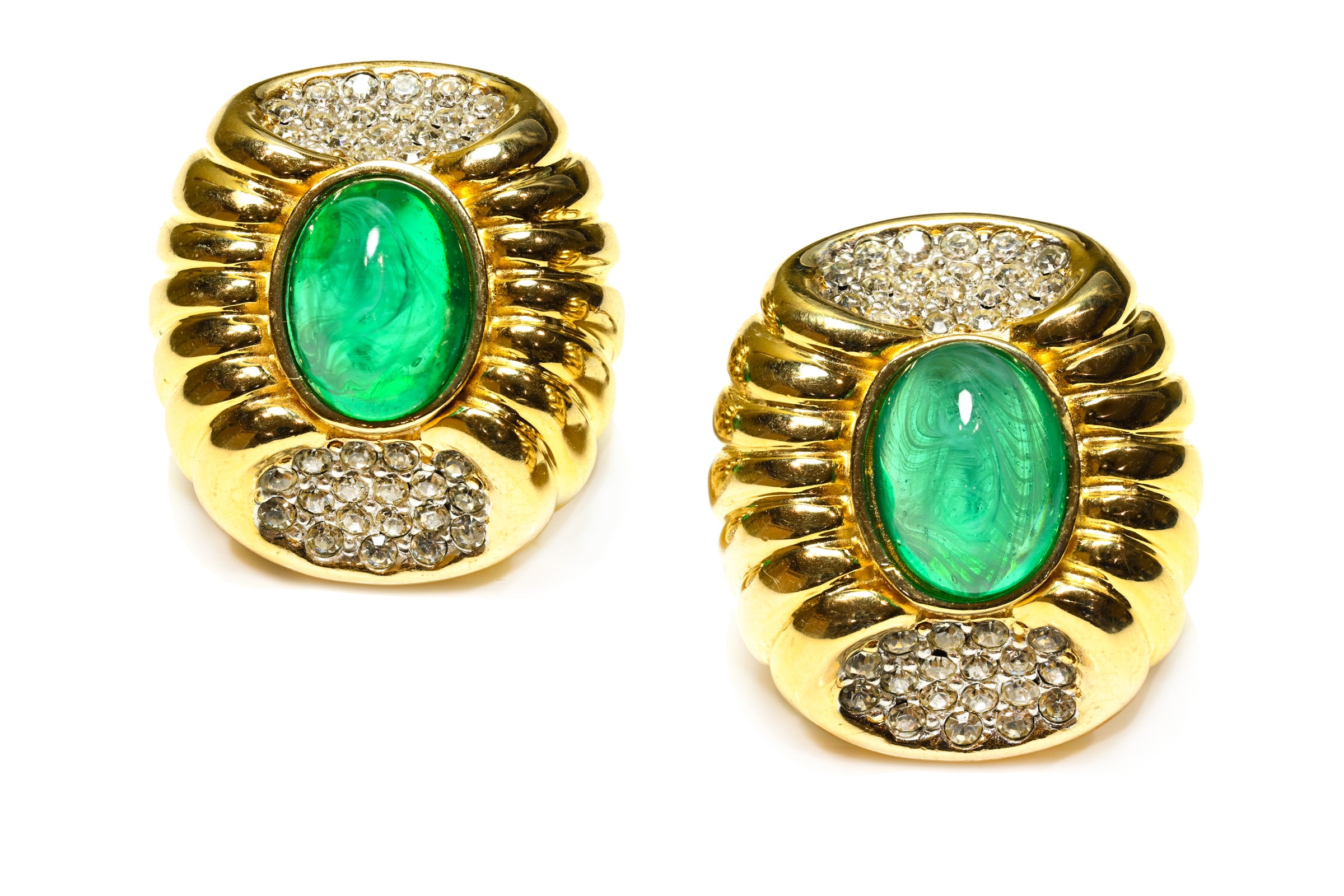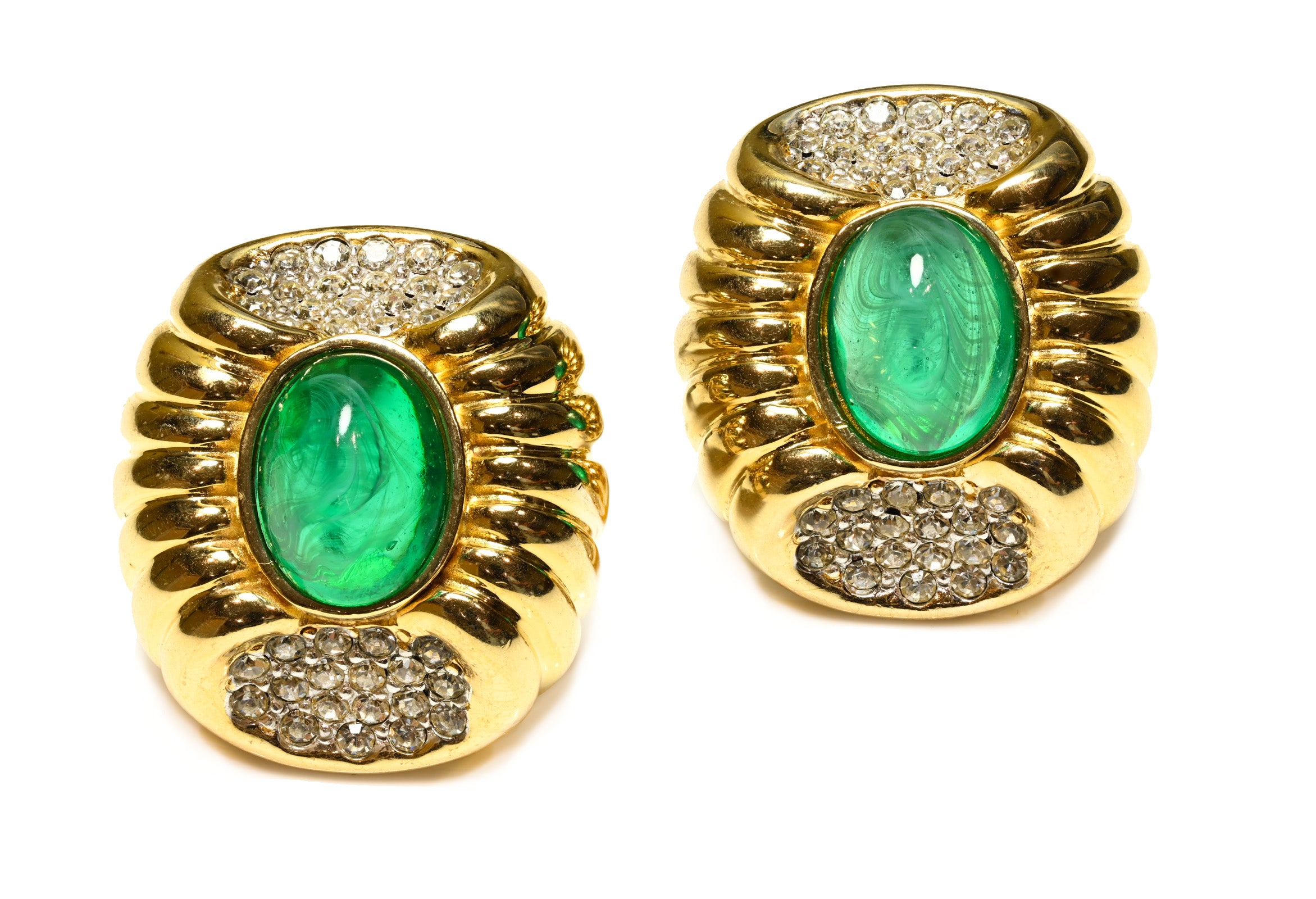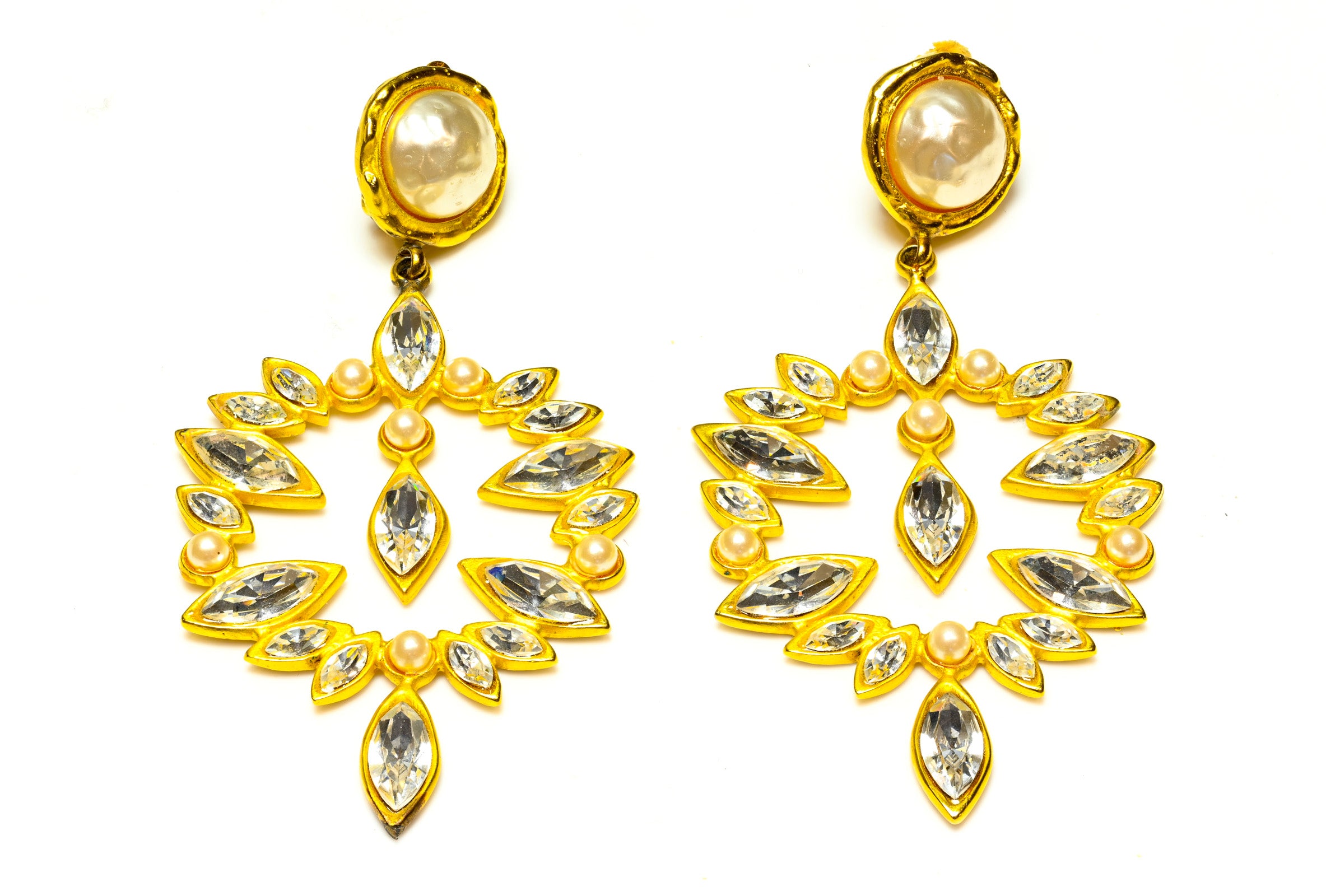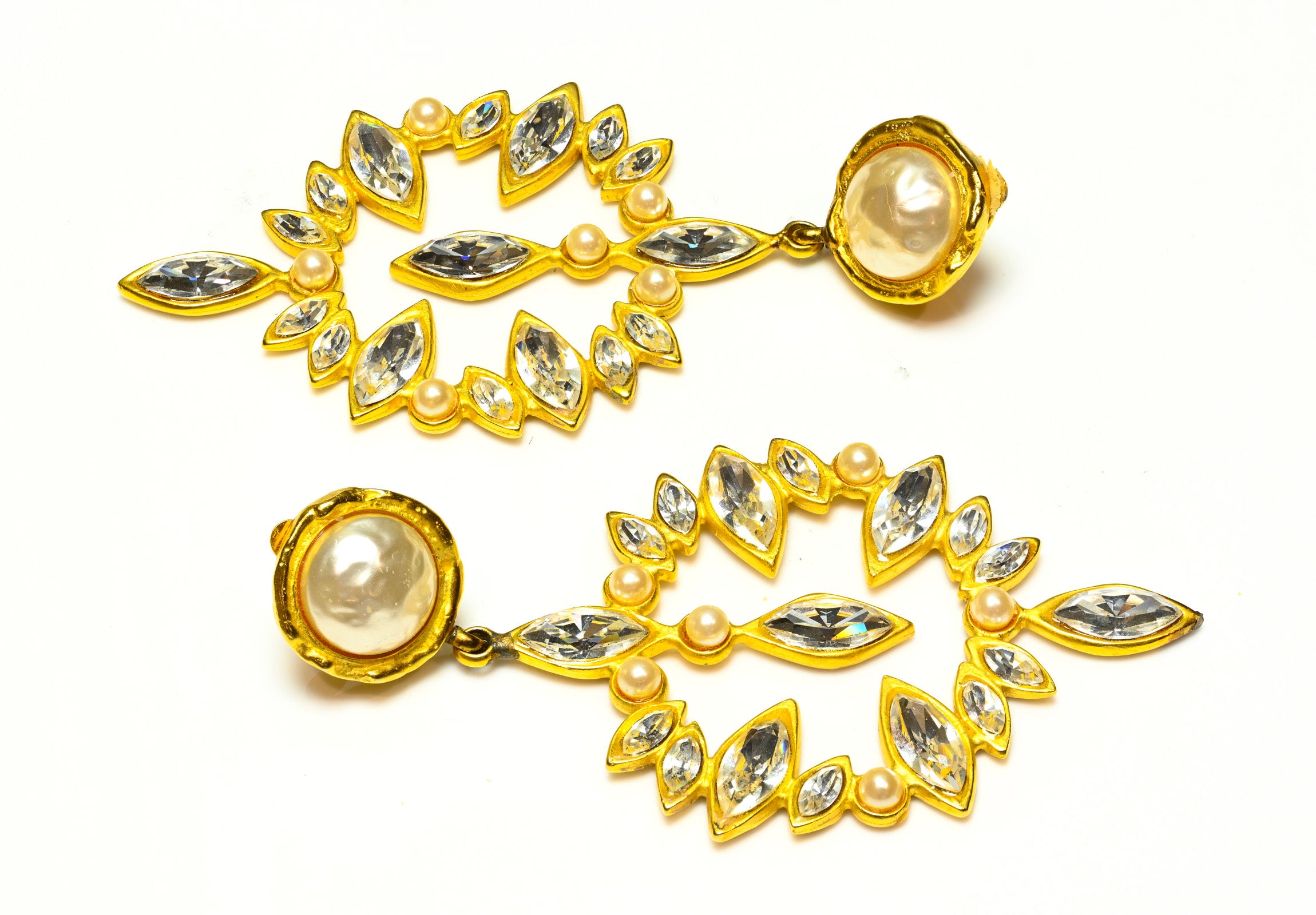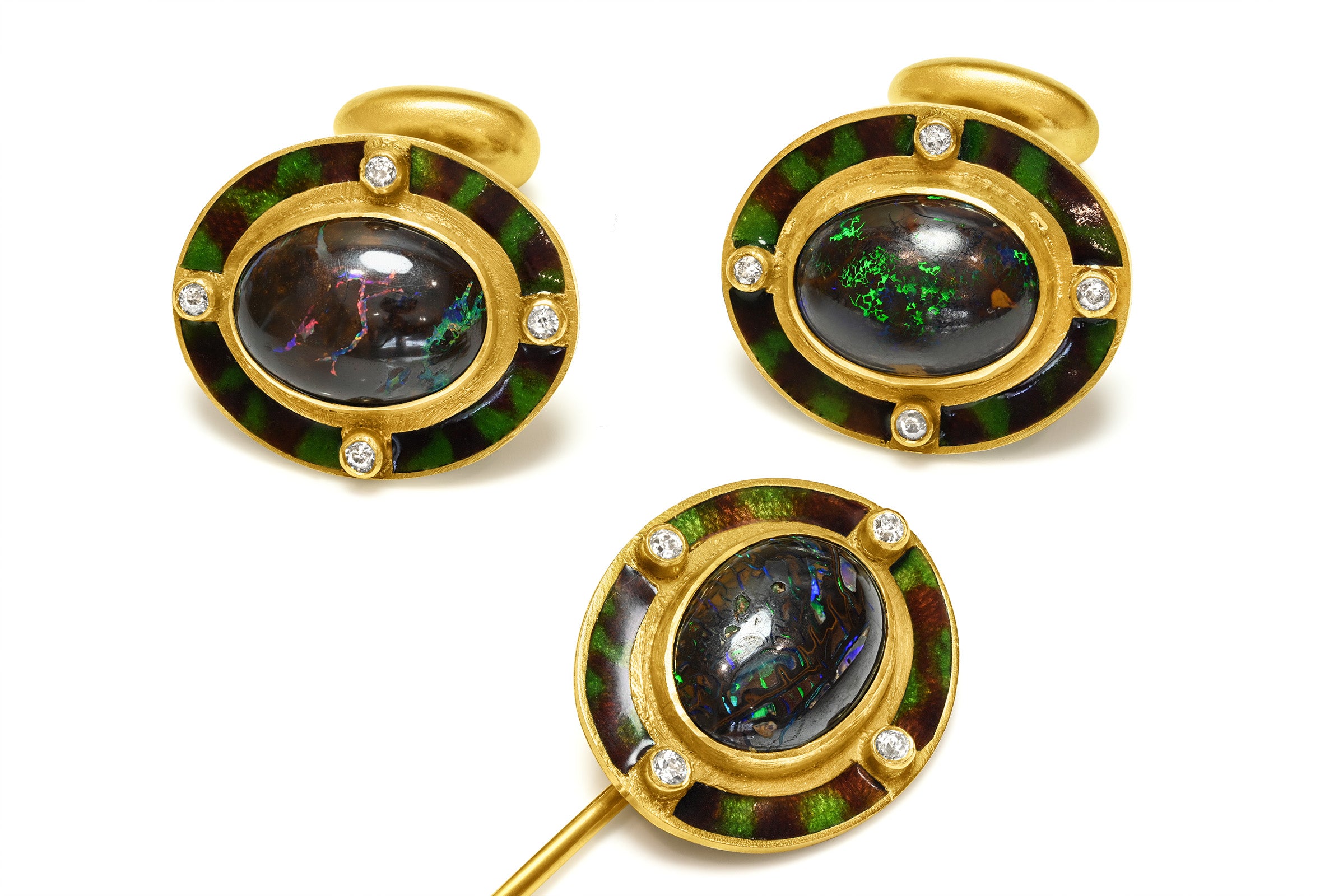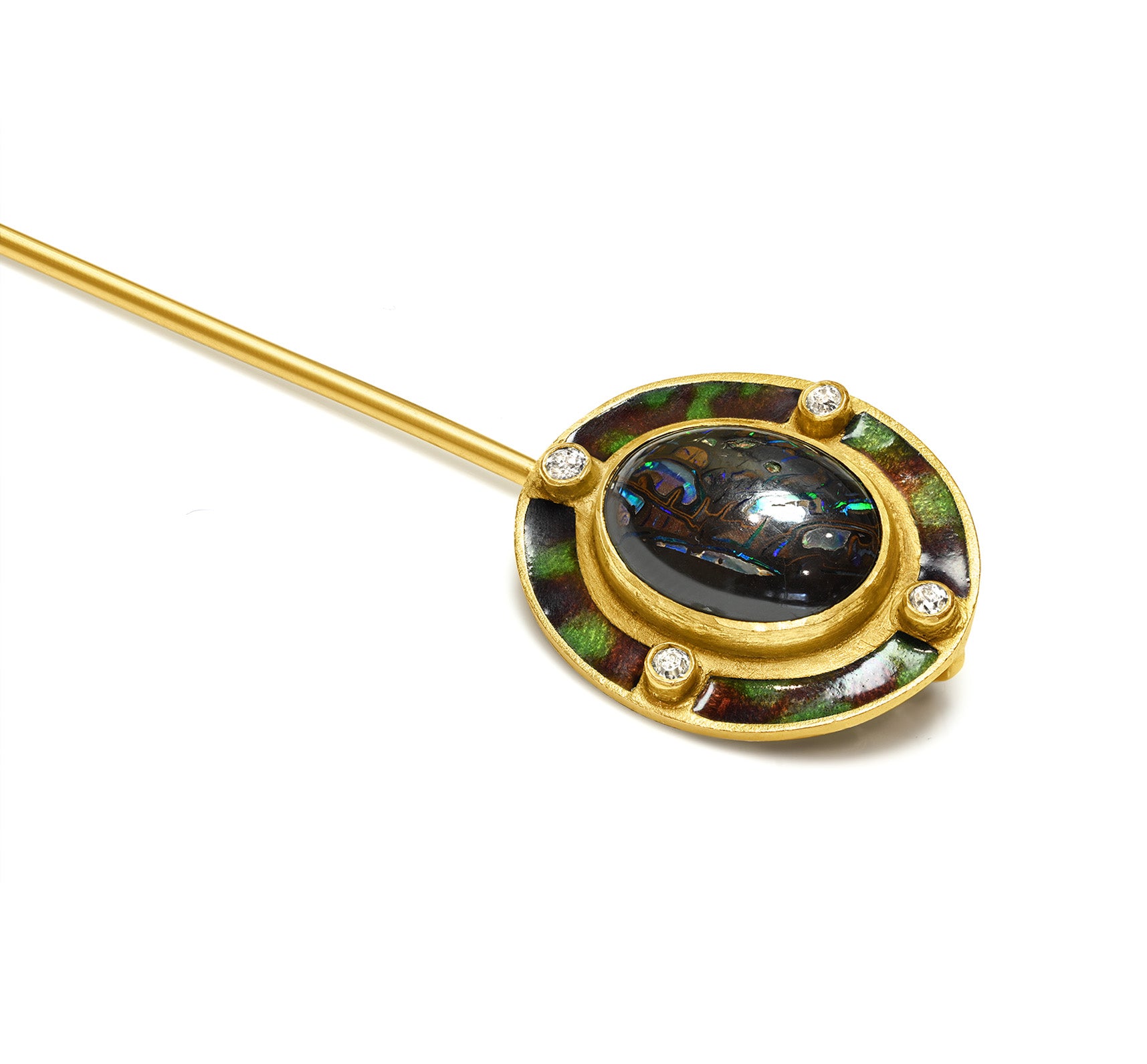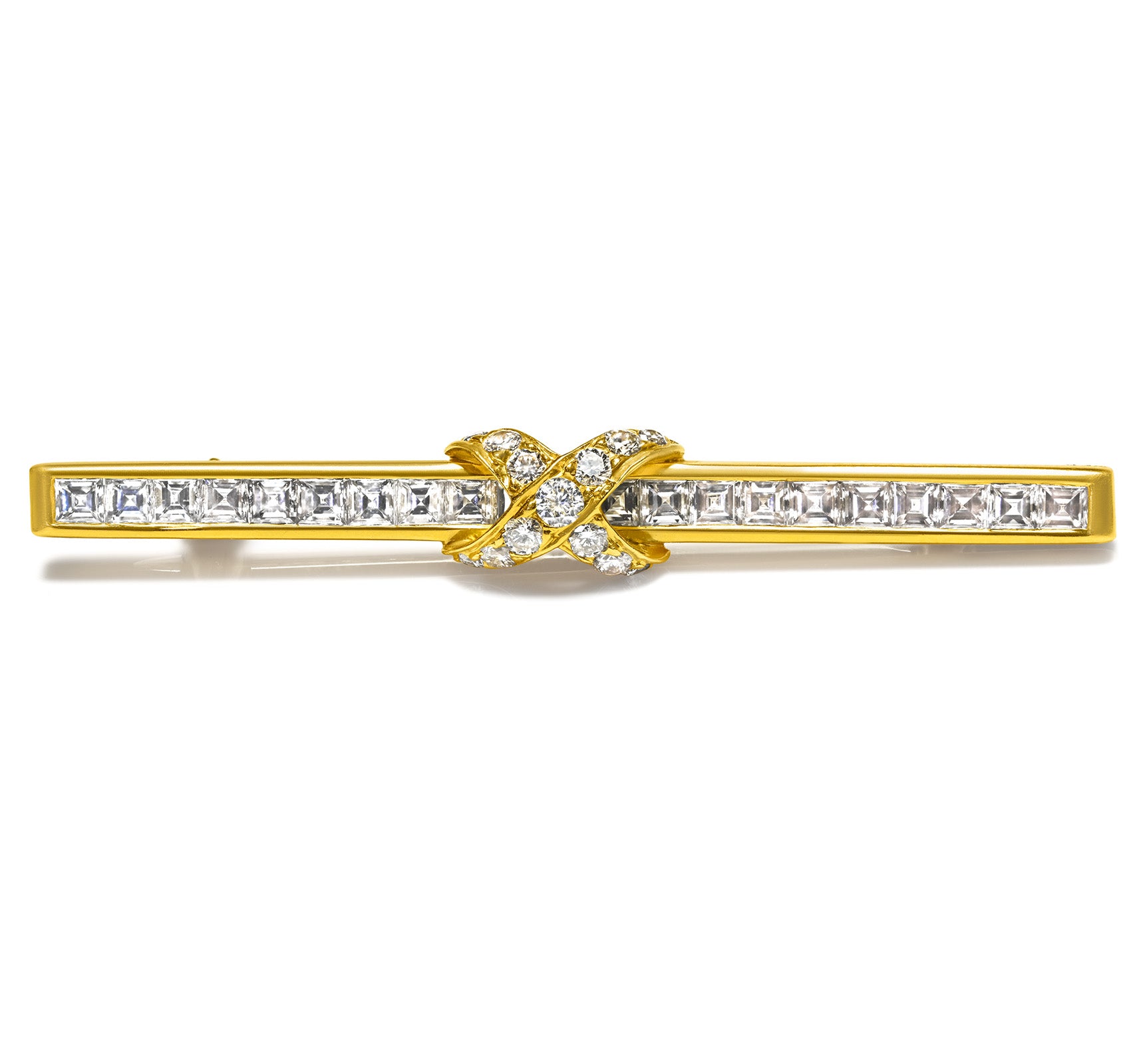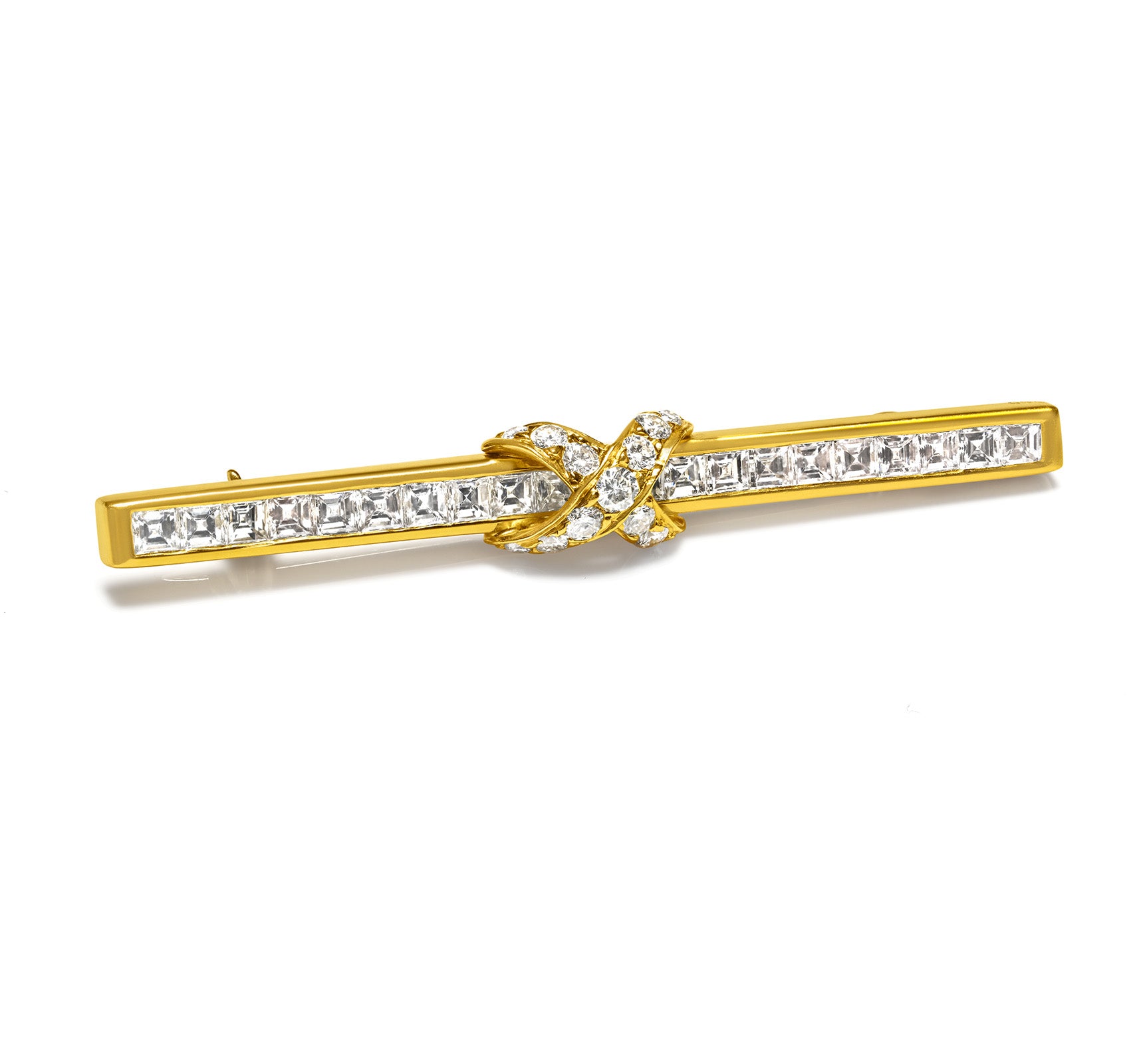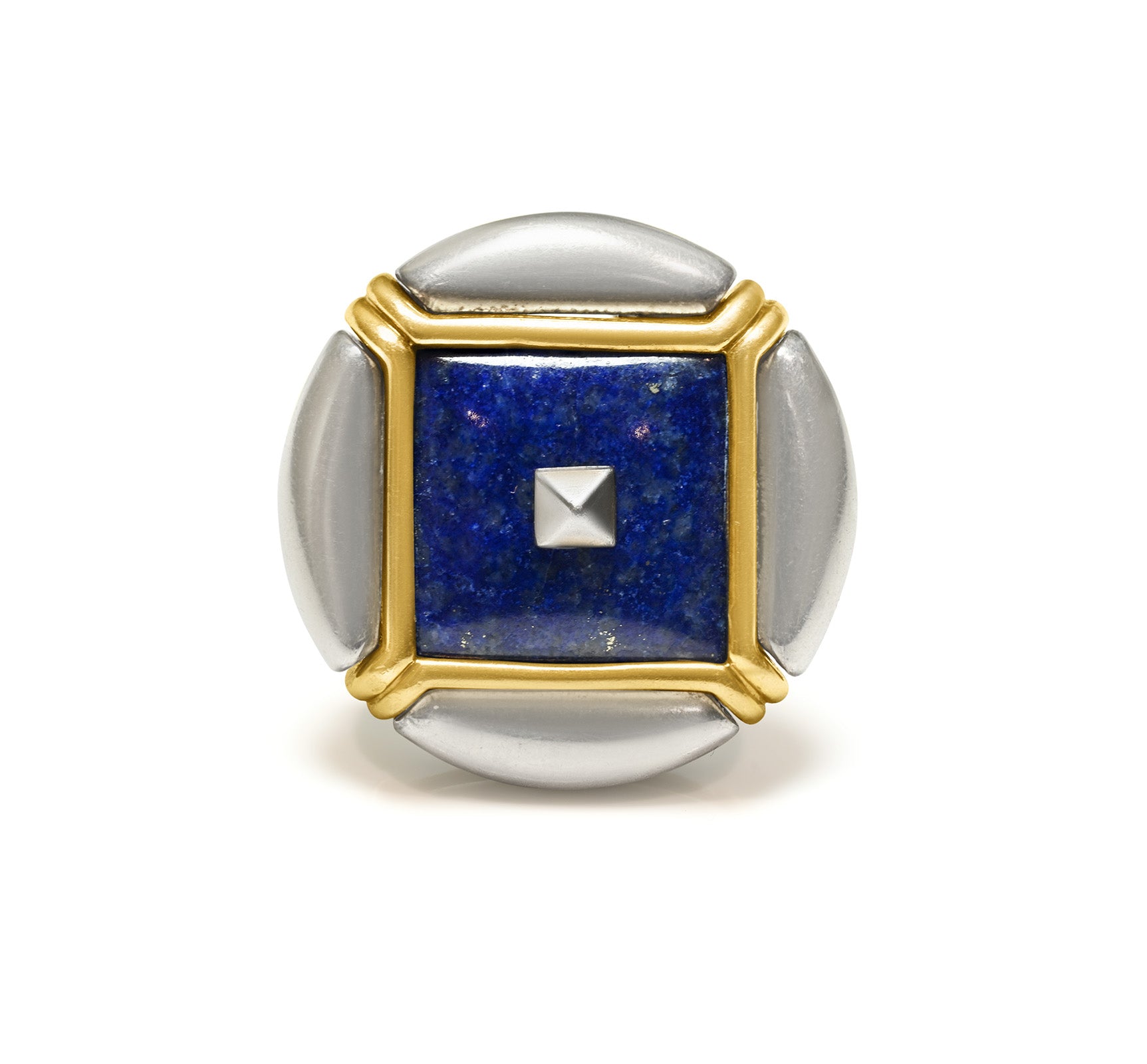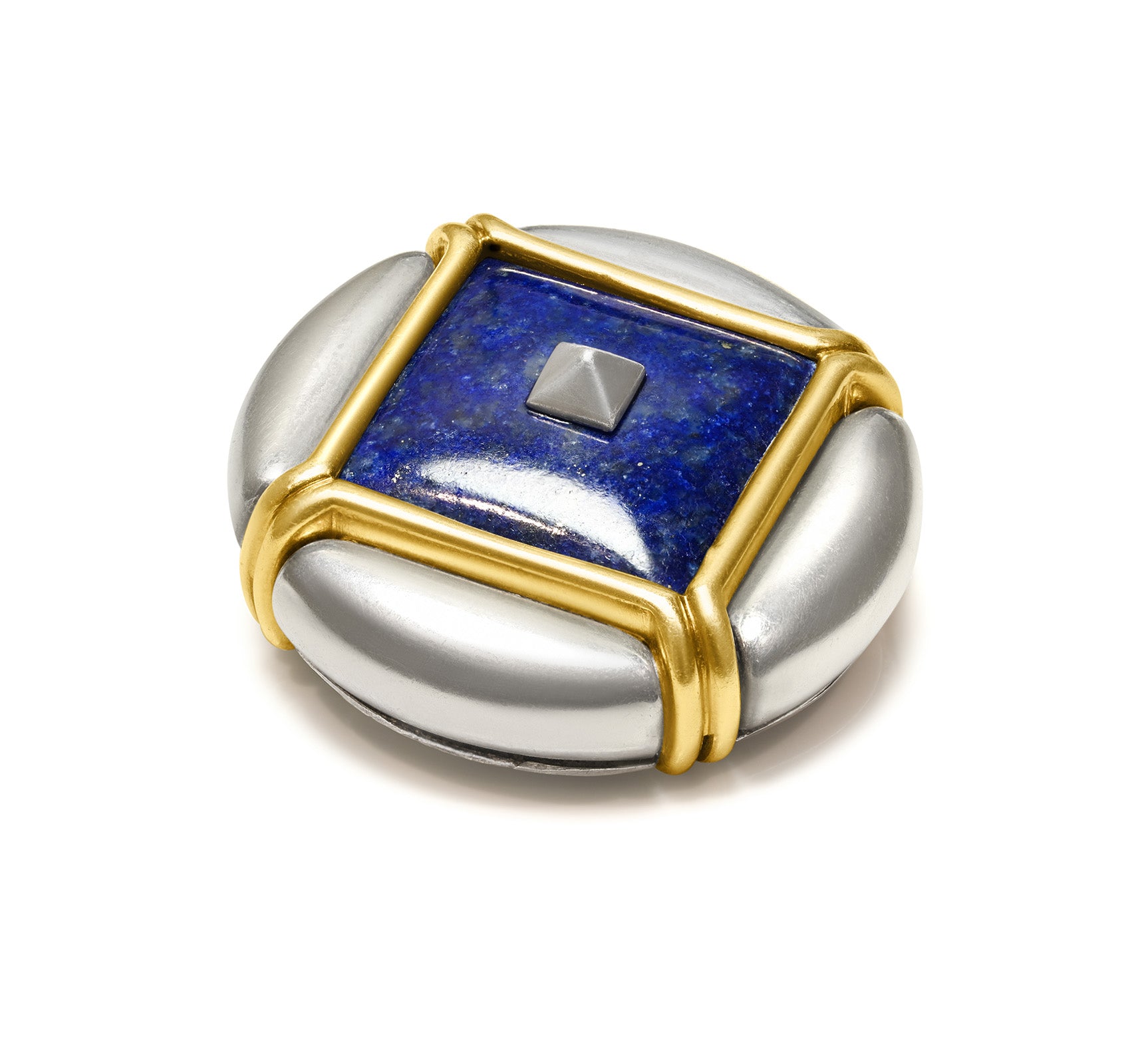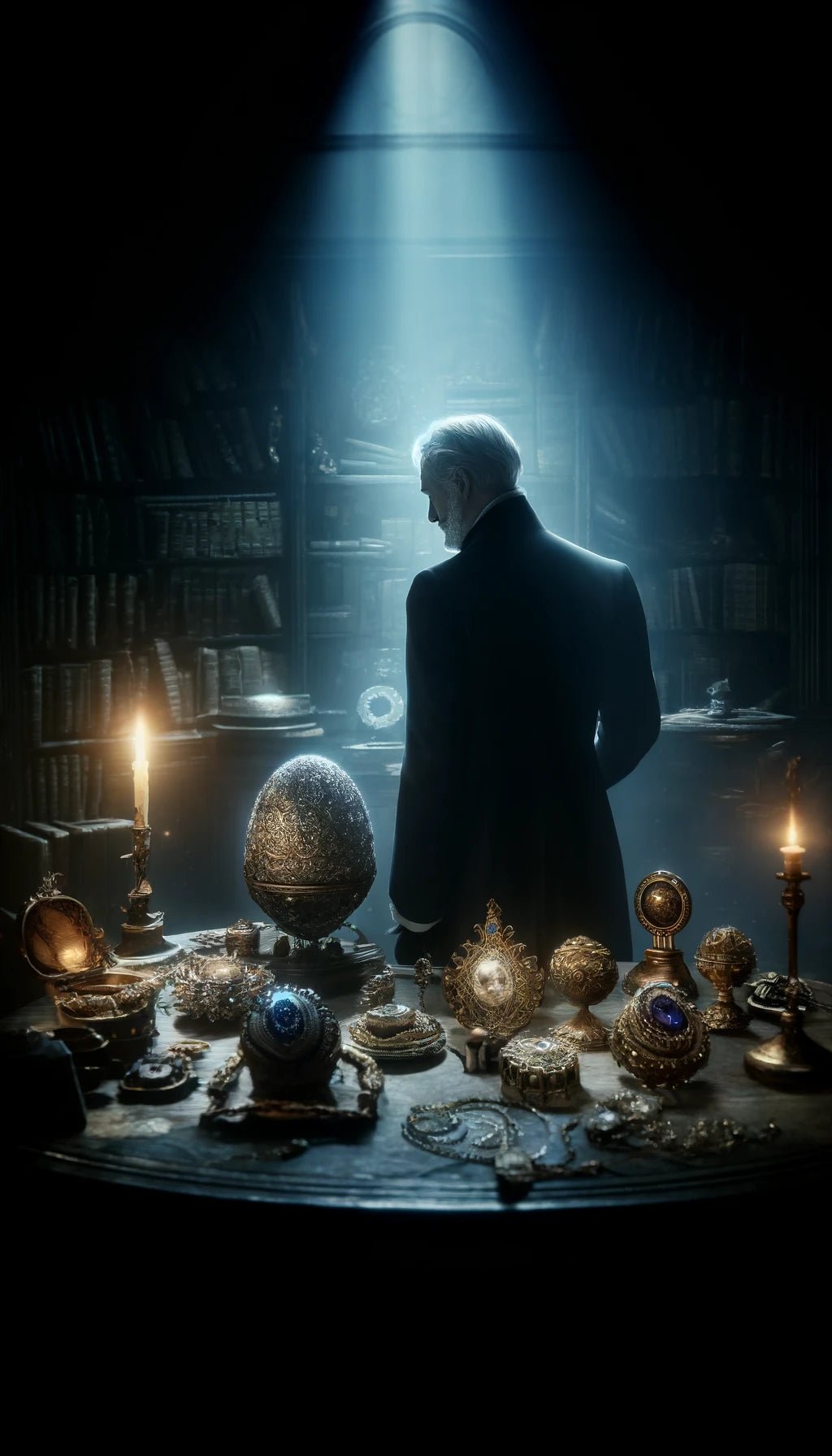
The Rothschild Family's Intriguing Taste in Antique Jewelry
Since Mayer Amschel Rothschild founded the dynasty in the late 18th century, their extensive jewelry collections, preserved across various family estates, showcase a distinct and refined taste.
The Rothschilds' Passion for Rare Antique Jewelry
The Rothschilds have consistently demonstrated an appreciation for luxurious items with significant historical value. Their collections include late 16th-century Venetian rock-crystal caskets, historically gifted by the Pope to prominent Catholic families.
Once owned by English connoisseur William Beckford, these artifacts underscore the cultural depth and historical importance of the Rothschilds' collections.
The Rothschild Family and Fabergé
The Rothschilds were significant patrons of Fabergé, known for their bespoke commissions that often incorporated family emblems and specific color schemes to reflect their personal style.
One of the most famous pieces in their collection is the "Rothschild Fabergé Egg," crafted in 1902. This masterpiece features sophisticated clockwork that reveals a singing bird every hour, a testament to Fabergé’s fusion of beauty with mechanical innovation.
While the "Spring Flowers Egg" is mentioned as part of the Rothschild collection, this particular piece is based on legends and stories associated with the family’s lore. It exemplifies the type of thematic artwork that might have appealed to the Rothschilds, known for their lavish spring gatherings and love of intricate designs.
Jewels with a Story
The depth of the Rothschild collection is further illustrated by historically significant items such as the first-century AD Roman Sardonyx cameo portrait of Emperor Claudius.
This cameo, reintroduced to the market in 1899, serves as a testament to their longstanding interest in unique and storied pieces.
Influencing Art and Collecting Trends
The Rothschilds' exquisite taste has significantly influenced other affluent collecting families, including the Vanderbilts, Astors, and Rockefellers.
Their affinity for Renaissance and Baroque art, coupled with an interest in Kunstkammer objects and other eclectic items, has set a global standard for private art collections.
Eccentric Tastes and Mysterious Tales
The Eccentric Baron and His Love for Clocks
Baron Ferdinand de Rothschild, known for his extravagant tastes, was particularly passionate about antique clocks. He meticulously synchronized hundreds of clocks at his Waddesdon Manor, creating a symphony of timekeeping that both amused and impressed his guests.
The Mystery of the Missing Emeralds
A legendary tale within the Rothschild lore involves a set of exquisite emeralds that vanished from their collection in the late 19th century, only to purportedly reappear at another noble family's auction years later. This tale of intrigue and theft adds a layer of mystery to the family's storied past, captivating the imagination of historians and enthusiasts alike.
The Rothschild Family's Legacy
The Rothschild family's unyielding pursuit of rarity and beauty, deeply intertwined with European history and culture, highlights their enduring impact on the world of art and antiquities.
Their collections, ranging from priceless jewels to Renaissance art, reflect their intriguing taste.
The Intrigue Surrounding the Rothschild Family Name
The Rothschild family has long been shrouded in mystery and intrigue, with their name often evoking fascination and curiosity. From their rise to prominence in the banking industry to their vast wealth and influence, the Rothschilds have captured the imagination of many.
One of the enduring mysteries surrounding the Rothschild family is the level of secrecy that often surrounds their affairs. Speculation and conspiracy theories abound, ranging from their supposed control of global financial systems to their alleged involvement in clandestine political dealings.
The family's penchant for privacy and discretion has only added to the mystique surrounding their name. Rare public appearances and limited disclosures about their personal lives have fueled speculation and folklore about their true power and influence.

